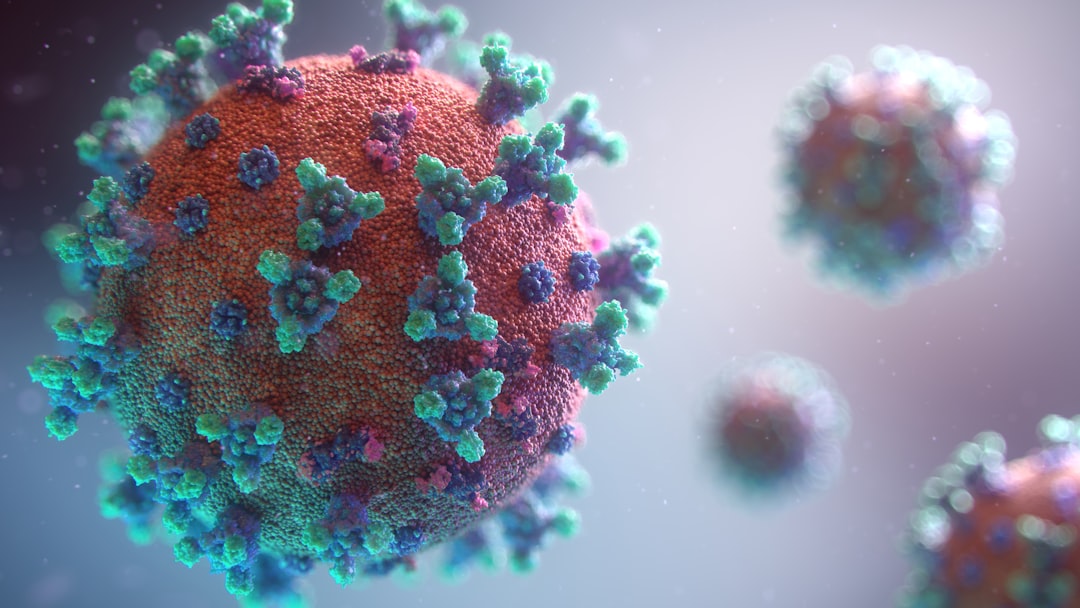What is it about?
Hepatoblastomas are primary liver tumors in children composed of primitive embryonic cells. In our practice, we routinely conduct a panel of immunostains to better characterize these tumors. Herein, we performed a retrospective review of 62 hepatoblastomas allowing for assessment of EpCAM expression using a commercially available antibody.
Featured Image

Photo by Yassine Khalfalli on Unsplash
Why is it important?
The histotype-based expression patterns of EpCAM correspond with previous molecular studies suggesting its role in the identification of aggressive forms of hepatoblastomas and as a possible therapeutic target. Our series offers validation of these observations from an immunohistochemical perspective and underscores the value of this marker as a part of a panel of immunostains.
Perspectives
Something that always surprises me is how hepatoblastomas can exhibit such a diverse histopathologic spectrum. Understanding this curious amalgam of so many different morphologies within the same tumor is almost an art that one only starts to learn through repetition aided by ancillary studies. This article provides additional insights into our understanding of these enigmatic tumors.
Oscar Lopez-Nunez
Cincinnati Children's Hospital Medical Center
Read the Original
This page is a summary of: Immunohistochemical Expression Analysis of EpCAM in Hepatoblastomas, Applied Immunohistochemistry & Molecular Morphology, December 2019, Wolters Kluwer Health,
DOI: 10.1097/pai.0000000000000826.
You can read the full text:
Resources
Hepatic Stem-like Phenotype and Interplay of Wnt/β-Catenin and Myc Signaling in Aggressive Childhood Liver Cancer
Abstract: Hepatoblastoma, the most common pediatric liver cancer, is tightly linked to excessive Wnt/beta-catenin signaling. Here, we used microarray analysis to identify two tumor subclasses resembling distinct phases of liver development and a discriminating 16-gene signature.
The diagnostic and prognostic value of SALL4 in hepatoblastoma.
AIMS: To investigate the expression of spalt-like transcription factor 4 (SALL4), a regulator of embryonal development, in three epithelial components of hepatoblastoma (HB) and the relationship between SALL4 expression levels and patients' clinicopathological features.
Contributors
The following have contributed to this page










